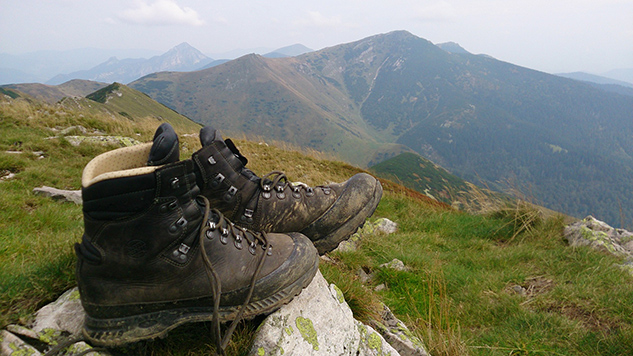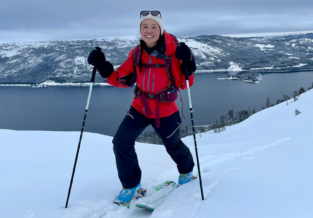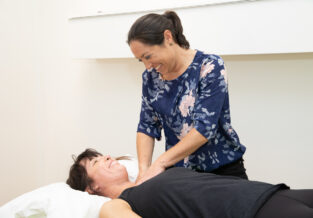How to Train for a Long Distance Trail Walk
Published on
14 Feb 2016

Call us on: (03) 9975 4133
Trail walking is tough, especially on your knees and ankles. For those of you preparing for the 2016 Oxfam Trailwalker, we salute you! Read on to see how you can make the experience a little easier for yourself.
Training for trail walking.
First and foremost, it is vital that you have a good training program in place and that you prepare rigorously. For the trail walk specifically, this should (clearly) include lots of walking in the build up to the event! You should start off with smaller distances and gradually increase these over the coming weeks. A good training program should be at least 12 weeks long. If you’re looking to develop one for yourself, there are some excellent examples on the Oxfam Trailwalker website to guide you further.
In addition to walking, your program should also include some additional cross training such as cycling or swimming. These are great general exercises to improve your cardiovascular fitness, with the added benefit of being low impact. This reduces the risk of overuse injuries, by giving the muscles and joints in your legs a break from all that walking. Finally, some strengthening work will improve your power and endurance – making the last few kilometres a little easier each time you walk, and helping to reduce the risk of injury along the way.
Take a hike! (but do it carefully)
Hiking on uneven terrain increases the risk of injury – you might sprain your ankle by landing awkwardly or slipping on a patchy surface. Supportive footwear can help you to better accommodate the uneven terrain. But the best way to reduce this risk even further is to increase your ankle strength and flexibility in training, prior to the event. We like to call it ‘prehab’, and it’s something you can easily incorporate in to your training program in the lead up to the event. There are a wide range of simple exercises that can strengthen your ankles – simply ask one of our physios next time you’re in clinic, and we’ll be able to help out!
Hiking up and down hills can put extra stress through your knees too, which is the last thing you want on your way to the finish line. This is often caused by poor lower limb alignment and control. The glute and thigh muscles are often not strong enough, which will result in hip and ankle tightness. This encourages altered movement patterns that overload the knee joint, leading to pain. Again, by incorporating some strengthening exercises and stretches in to your training regime, you will reduce your risk of knee pain. And again, ask your physio for help in developing a program!
With the right conditioning, some determination, and a solid preparation, you should be perfectly placed to complete an event like the Oxfam Trailwalker. We’ve talked the talk, so now it’s time to walk the walk. Get out there and give it your best. Good luck!


